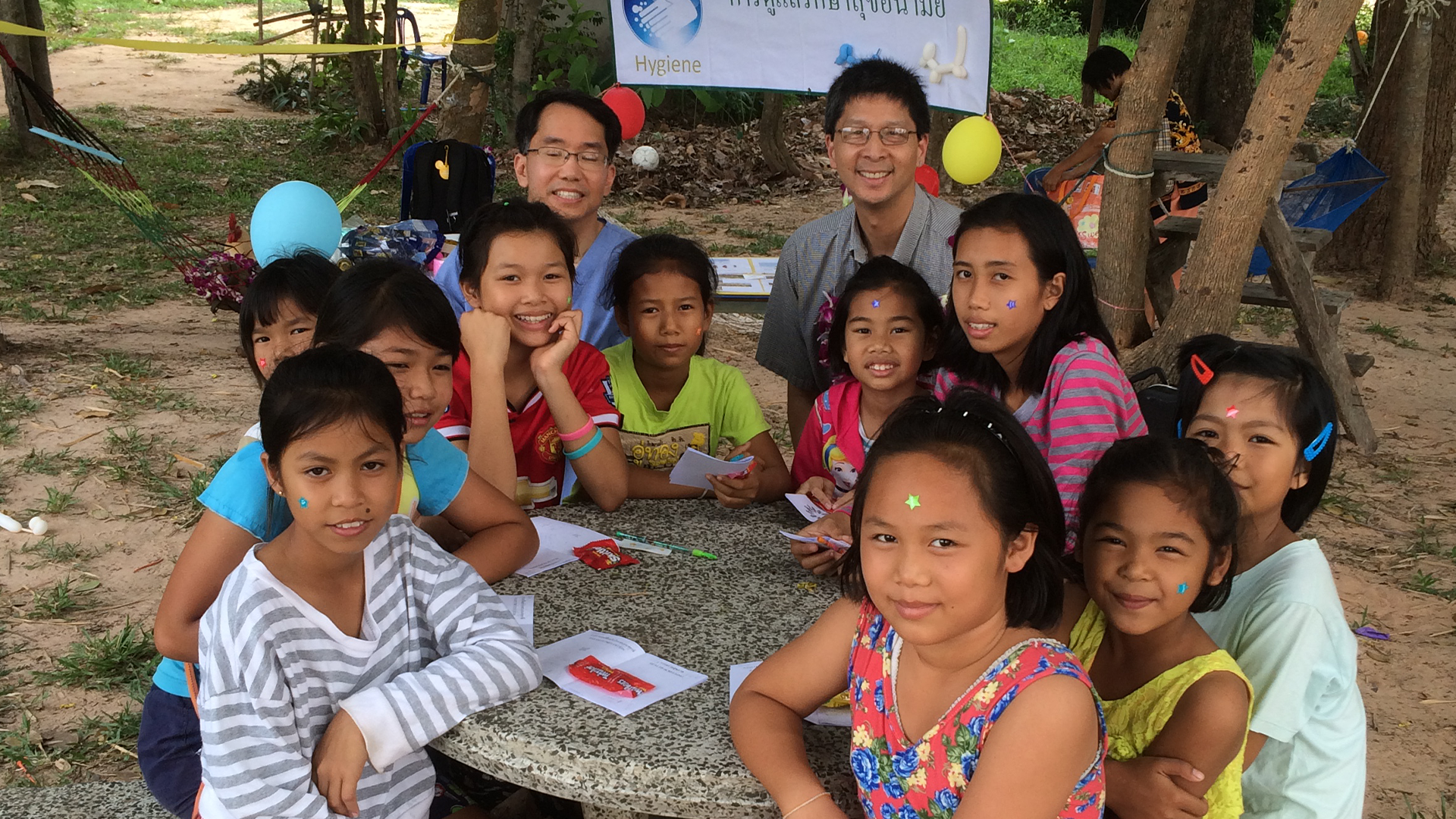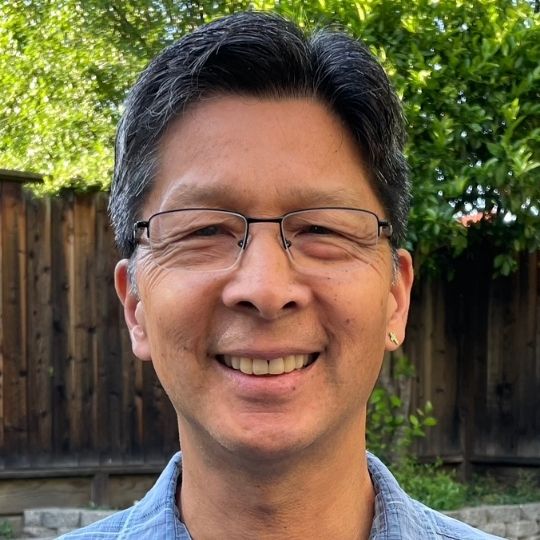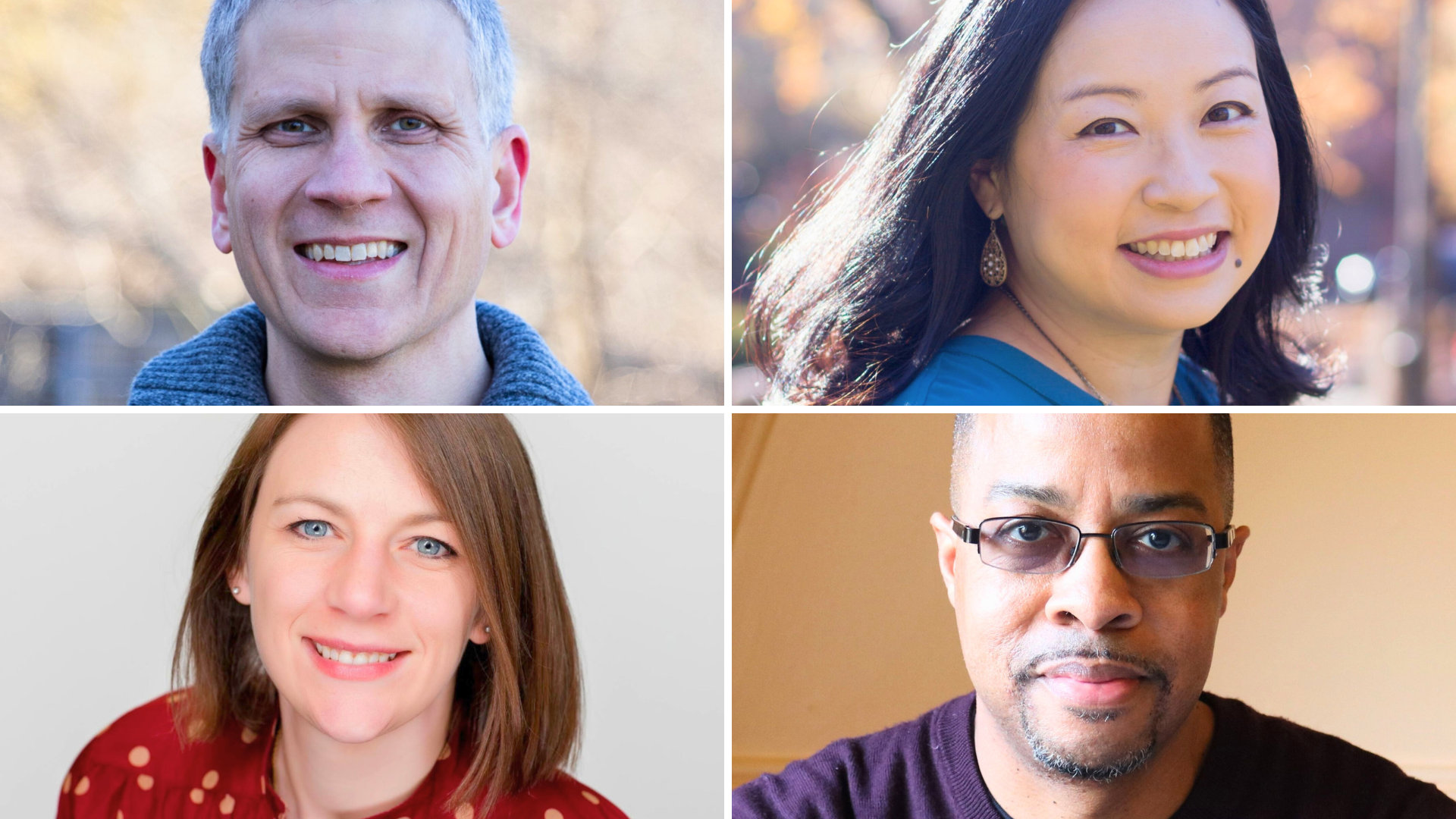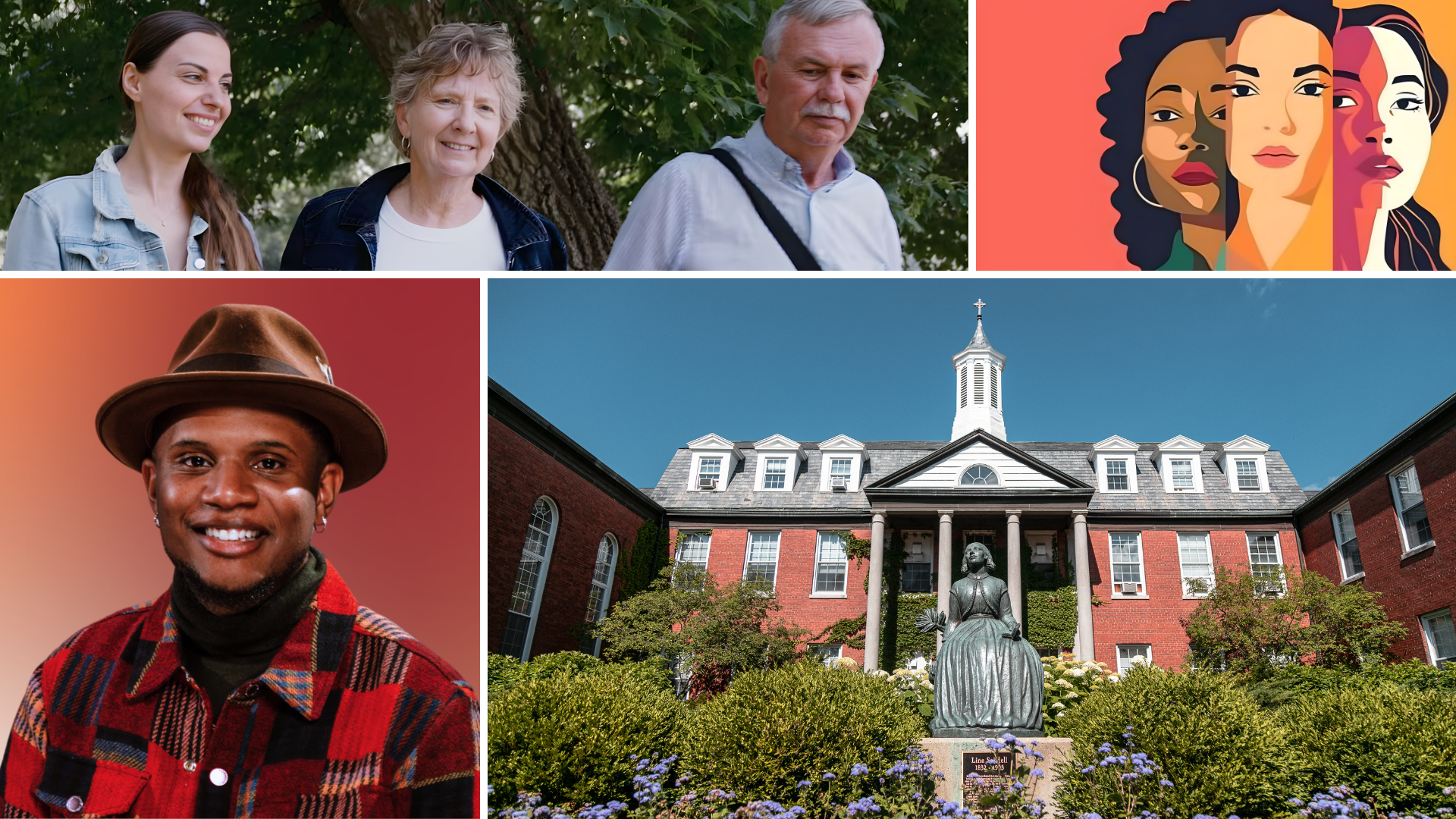I help out with an international student outreach. A couple of years ago the group was playing a game that involved finding someone with the same hair color as yourself. I’m Asian and a lot of the students were Asian, so I thought this would be a no-brainer. But the first student I approached took one look at me and protested that his hair color was different from mine. I was puzzled until I realized: my head now had a significant number of gray hairs. As they say in AA, “Denial ain’t just a river in Egypt.”
Over the years I’ve changed, often in ways that I don’t realize. The same is true for the congregation that started in my living room 24 years ago. And the same is true for the denomination we decided to affiliate with when we started.
I’m grateful that our core group decided to join the Covenant. We had a strong alignment with the values and theology of the Covenant. We held a high view of Scripture. We were committed to spreading Jesus’s good news and to a holistic gospel that served the whole person. And we were looking for a denomination that would welcome a self-identified Asian American church plant. We called ourselves “a church for Asian Americans and their friends.”
The Six-Fold Test for Multiethnic Ministry was developed to help the Covenant become truly multicultural. It includes “purposeful narrative” as a means of living together faithfully in ethnic diversity.
The Covenant was emphasizing both church planting and becoming more multicultural. The year our core group was forming the Covenant welcomed two established Asian American churches into membership, Parkwood in Chicagoland and New Song in Orange County. We became the first Asian American church plant in the Covenant. As an Asian American church planter, I felt a warm welcome and received generous support. The Covenant put its money where its mouth was.
A lot has changed in the two and a half decades since. Like my graying hair, the changes are natural and not necessarily unhealthy. They may even be evidence of increasing maturity(!).
Many churches that started out identifying as Asian American later felt that it was better to identify as “multicultural.” What’s the difference? For some, using the identifier “multicultural” was an attempt to assimilate into the dominant culture, downplaying the differences in values and customs among the many ethnicities represented in the category “Asian”: Chinese, Korean, Japanese, Filipino, Thai, Vietnamese, and many more.
But the impulse toward a melting pot approach has proven inadequate. The deadly shootings in Atlanta on March 16, 2021, had a profound impact on the cultural identity of Asian Americans. We realized that we were still perceived by some as a threatening group of foreigners. We needed to identify as Asian American to gain a voice together that we couldn’t have found using the vague category “multicultural.”
But what does it mean to belong to a specific Asian ethnicity? I once borrowed my uncle’s cabin near Lake Tahoe for a prayer retreat. He surprised me by showing up at the cabin on the last day. He had cooked a pot of winter melon soup (yum!), so we spent a couple of hours sharing the soup as he told me stories about growing up Chinese American in Sacramento in the 1930s and ’40s. His stories gave me a greater appreciation for the struggles and successes of our family and contributed to my sense of identity as an ethnic Chinese person in the U.S.
Even as I’m figuring out what that means, I’m also figuring out my relationship to larger American society. Grace Community Covenant Church has continued to identify as “a church for Asian Americans and their friends.” But the question always comes up: Are we being too exclusive of non-Asian Americans?
I think the answer involves a balance of listening and telling.
We were a Swedish denomination, now we are learning how to be a multicultural mosaic, bringing into our common life a diversity of traditions, attitudes, and values from each ethnicity.
The Six-Fold Test for Multiethnic Ministry was developed to help the Covenant become truly multicultural. It includes “purposeful narrative” as a means of living together faithfully in ethnic diversity. Hearing stories changes us, both as tellers and listeners. For the teller, there is a sense of being heard and seen, of being appreciated for what I bring to the table. For the listener the stories humanize those I might be tempted to “other,” to think of as less than myself and my group. If I listen actively, I may also learn something about the values and beliefs of the teller—what makes them tick and what rules for living have guided them to a place where our paths cross.
The Covenant has been a place to tell my story as an Asian American. It’s also been a place for me to hear the story of Swedish immigrants who went through a similar struggle and who were now extending membership in the Covenant to us. I’m forever grateful to Jim Gaderlund, now gone on to eternity, for recommending the Covenant to me as a church planter and then going to great lengths to introduce me to all of his friends (which were a multitude!) at every event we attended together, so I could feel truly at home in the Covenant.
And now the story includes sharing power, another part of the Six-Fold Test. We can point to Asian Americans in Covenant leadership, such as Greg Yee, our first Asian American conference superintendent, to Al Tizon, our first Asian American executive minister, and to Angela Yee, the first Asian American woman on the Covenant Offices leadership team.
The values and theology of the Covenant have remained essentially the same as when Grace Community Covenant Church was planted in 1997. The Covenant is still:
- Evangelical, but not exclusive
- Biblical, but not doctrinaire
- Traditional, but not rigid
- Congregational, but not independent
But there have been significant changes in how we live out what it means to be Covenant. Change entails loss. We were a Swedish denomination, now we are learning how to be a multicultural mosaic, bringing into our common life a diversity of traditions, attitudes, and values from each ethnicity. Figuring out how to honor each story is a long and sometimes arduous process that includes grieving losses, such as the loss of Sven and Ole jokes during Midwinter (I’ve been in the Covenant a long time, eh?).
But it’s worth it. I’m on the leadership team of Crescendo and oversee “mosaic advancement.” As we say in Crescendo, “Aging isn’t optional but how we do it is.” The tagline for Crescendo is “an ascent to vital living.” My prayer is that we will find increased vitality, both as local churches and as a denomination, by hearing and telling our stories and living out unity in diversity.














